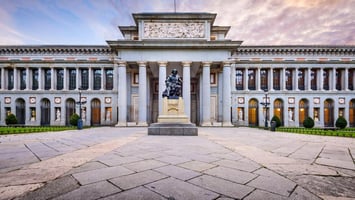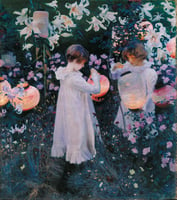The Prado Museum is one of the most renowned and celebrated art museums in the world. Located in...
Exploring the Baroque Brilliance of Spanish Master Francisco de Zurbarán
Francisco de Zurbarán was a Spanish painter of the Baroque period, active mainly in Seville and Llerena in the south of Spain. His paintings are characterized by a strong realism, bold use of light and shadow, and an attention to detail. He is best known for his religious works, but he also painted portraits and still life.
Zurbarán was born in Fuente de Cantos, a small town in Extremadura, in 1598. He moved to Seville in 1617 and was apprenticed to the painter, Francisco Pacheco. In 1627, he was accepted into the painters guild and he established his own workshop in 1633.
Zurbarán’s religious works were inspired by the Counter Reformation and the teachings of the Society of Jesus. He painted expressive and realistic depictions of saints, martyrs, and religious figures, such as St. Francis, St. Bonaventure, and the Virgin Mary. He used strong light and shadow to create powerful and dramatic scenes that conveyed religious messages.
His portraits, while less well known, are also notable for their realism and attention to detail. He used a technique known as tenebrism, where he used strong contrasts of light and dark to create a dramatic effect.
Zurbarán’s still life paintings are known for their bright colors and meticulous attention to detail. He was particularly noted for his paintings of fruits and flowers, which he often arranged in symmetrical patterns.
Zurbarán’s work was highly influential in Spain and Europe, and his paintings can be found in galleries and museums around the world. He is remembered for his bold use of light and shadow, his realistic depictions of religious figures, and his attention to detail in his still lifes.




